Day Trip to Acambay on Three King’s Day
On Three Kings Day, our friends Michelle and Alex invited us to go on a day trip with them to a little town called Acambay. Alex’s grandfather grew up in Acambay and the family had some land just outside of town. We didn’t know anything about Acambay, so we were excited to see something new. Located in the state of Mexico, Acambay is about an hour and a half drive south of Queretaro. The smooth road through farmland and small villages in the mountains was perfect for a Sunday drive.
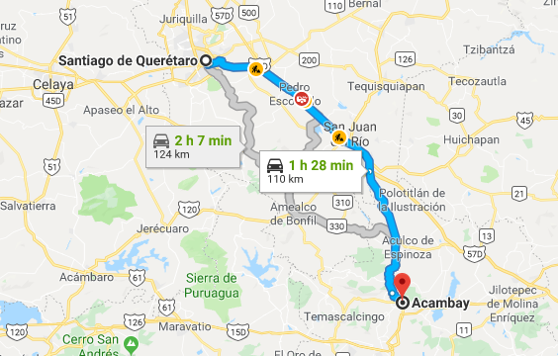
A police checkpoint stopped us just before we arrived in Acambay. The policeman came over and Tom gave him his US driver’s license. He smiled and asked us if we spoke Spanish. We replied “un poco” and handed him our registration and visa documents. I think he found it amusing that we were ready with paperwork. He checked our tags against the registration, smiled, and gave us back our documents. He shook our hands and we were on our way.
Driving down the mountain into the valley we could see large expanses of farmland and lakes. We past the town of Acambay and continued another 5 minutes down the road to Alex’s family ranch surrounded by a stone wall. Mature eucalyptus and pear trees were scattered around the property, and the dogs had a ton of space to run and wrestle.
Rosca de Reyes
We sat under a tent and enjoyed the Rosca de Reyes cake with milk, mango juice and chips. The Rosca de Reyes (ring of kings) is the traditional cake served on Three Kings’ Day. It’s a dry cake covered in powder sugar and candied fruits. These cakes are very popular. When Tom went to the grocery store the day before, he saw hordes of people piling 10-15 cakes into their shopping carts, probably heading to their respective churches.
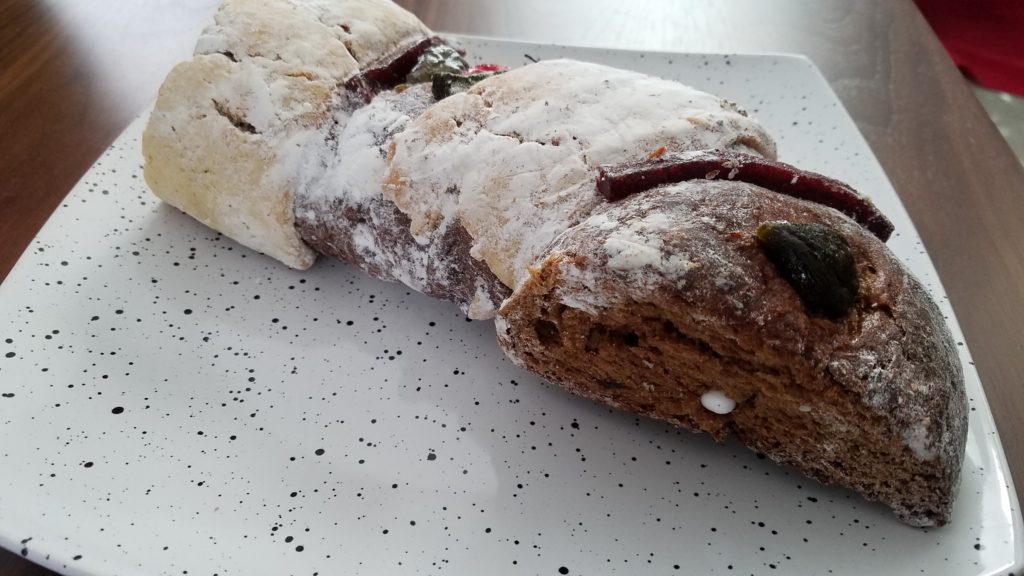
What is the Significance of the Rosca de Reyes?
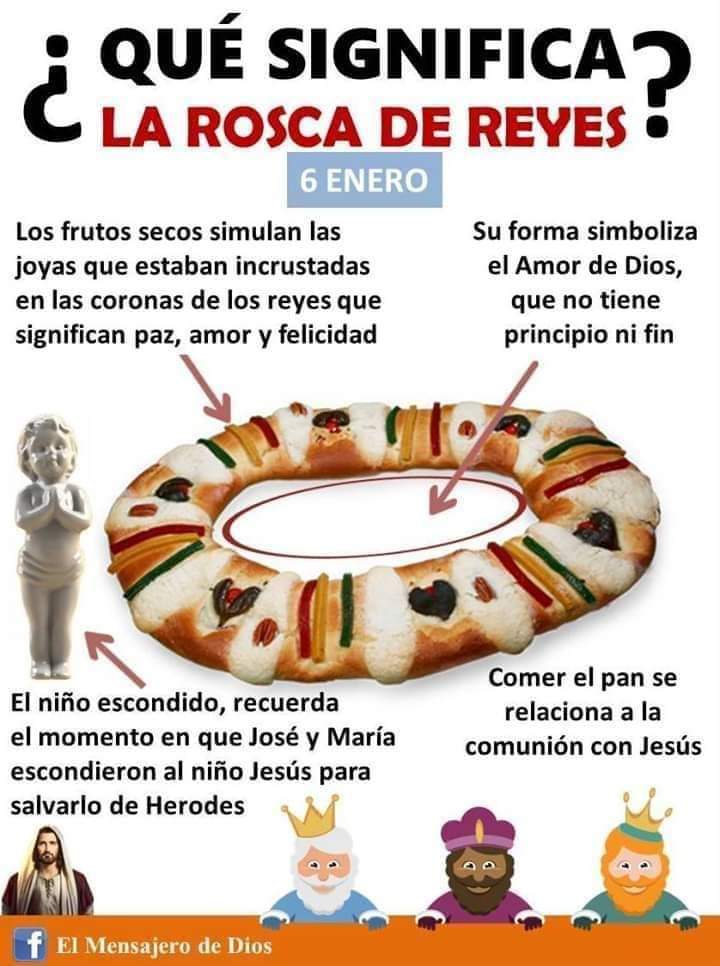
- The candied fruits represent the jewels in the kings’ crowns that signifiy peace, love and happiness.
- The shape symbolizes the Love of God, which has no beginning and no end.
- Eating bread relates to communion with Jesus.
- The hidden child symbolizes the moment when Joseph and Mary hid Jesus to save him from Herod.
Inside the Rosca de Reyes is a little plastic Jesus baby. Whoever gets the piece of the cake with the baby Jesus has to make tamales for everyone on Feb. 2, Dia de la Candelaria which is a continuation of the Three King’s Day celebrations. People have so much fun with this that now the cake is made with several baby Jesus’ in it so that everyone gets one.
(P.S. We all found a baby Jesus. Tom found his first, so he has to make the tamales.)
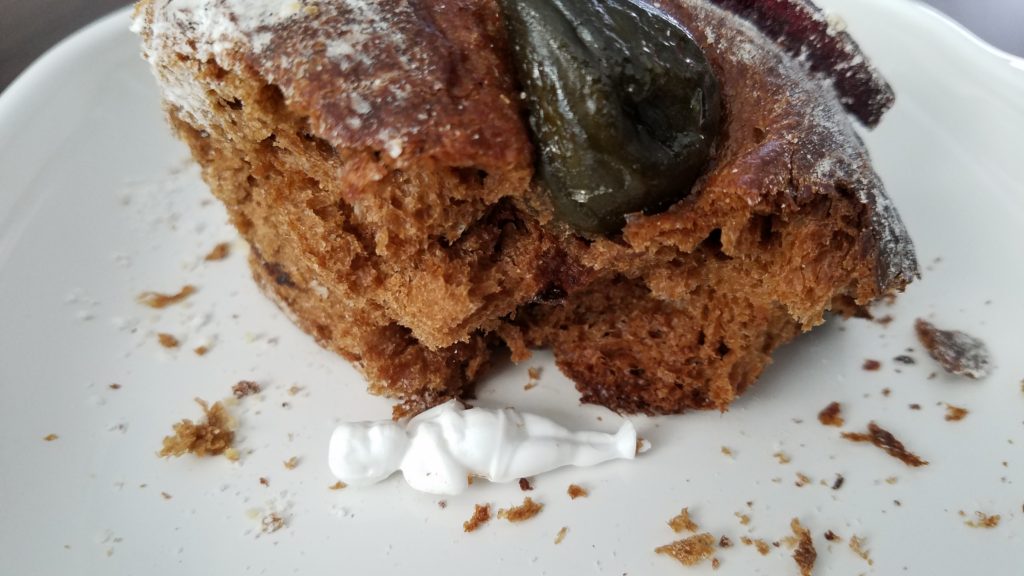
After our cake we went on hike to wear out the dogs before we headed into town. The views of the mountains were breathtaking. For lunch we ate at Rancho Viejo, an excellent restaurant that serves huge portions.
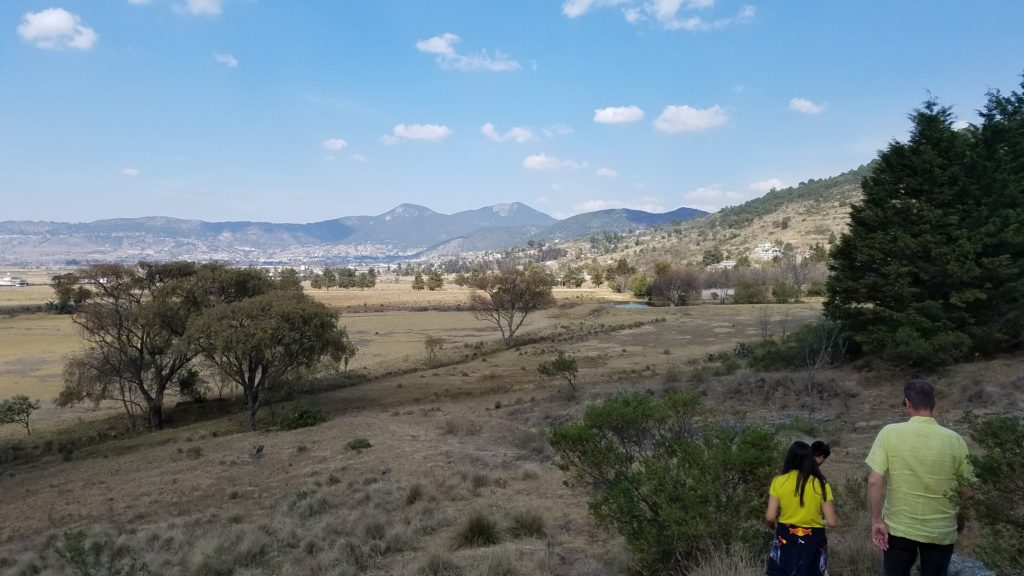
Acambay Centro
Acambay’s Centro is small and quaint. Street vendors and mercados were busy selling last minute food preparations and toys. Three Kings’ Day is the day children receive most of their presents in Mexico and other Latin cultures. Sugar cane and oranges spilled out of the smaller mercados, pinatas swayed above our heads and the main street was lined with trucks tailgating stacks of Rosca de Reyes cakes.
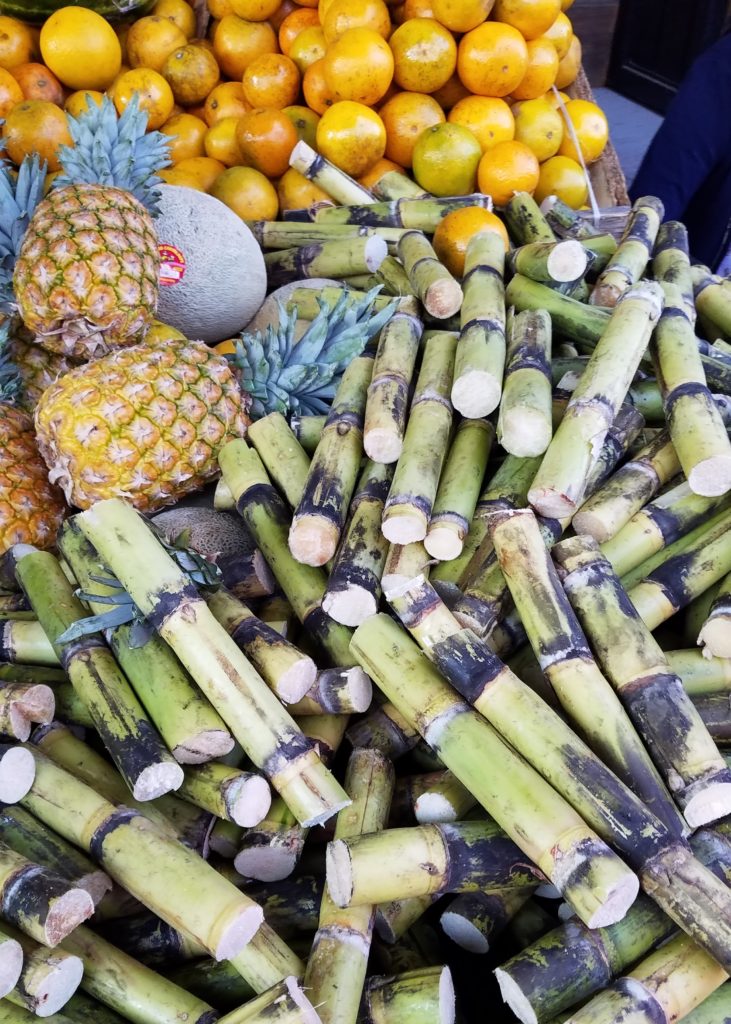
Acambay’s central square was decorated with large red spheres and a Christmas tree. A clock tower stood in the middle of the plaza surrounded by benches to enjoy the mountain air.
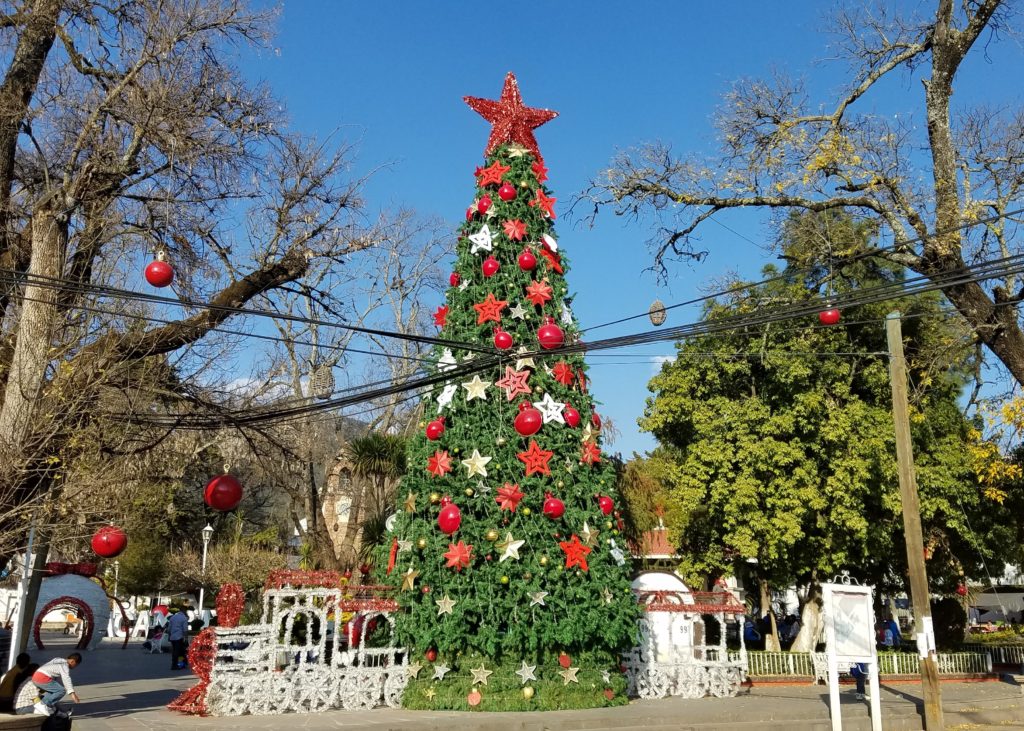
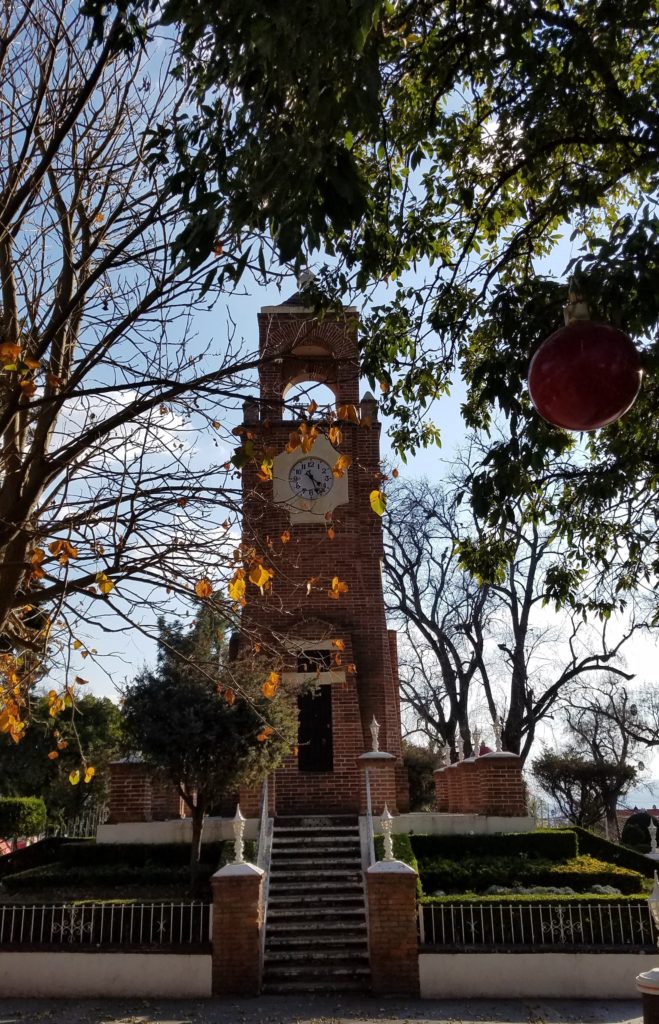
A little history on Acambay:
Nearby evidence of an Otomi ceremonial center called Huamango was part of an important trade route between 850 and 1350. The center was later abandoned, probably because of an earthquake. The indigenous tribes moved down the mountain into the valley and established Acambay. The town backed Father Hidalgo during the War of Independence in 1810. In 1912, a devastating 6.9 earthquake hit the town destroying many of the buildings, the church and killing or injuring 700 people. Acambay rebuilt itself and today it’s a small town with big personality. Acambay has all the modern conveniences like restaurants, hotels, gyms, and markets but with small town charm. The main industry of the region is agriculture.
Fun Facts
The doctor that created a vaccine for typhus was from Acambay. Dr. Maximiliano Ruiz Castaneda was born in Acambay on December 5th, 1896. He studied at various medical institutions in Mexico, the United States and Europe. In the 1930s he developed a vaccine against typhus which was used extensively throughout World War II and saved millions of lives.
What’s the difference between typhus and typhoid?
Typhus is a flea-borne illness and typhoid is food borne.
In 1984, he opened Dr. Maximiliano Ruiz Castenedo Allergies & Self Resistance Institute A.C. in Acambay.Currently there are 5 branches of the institute in Central Mexico. He died October 1, 1992 at the age of 95.
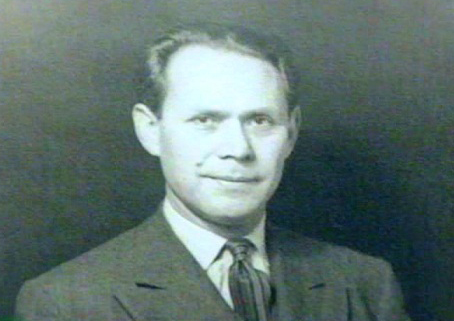
We walked the streets, and Alex showed us his grandfather’s old house, the school he attended and the Parroquia de San Miguel Arcangel. Built in the 1930s, the parroquia is stunning inside with vaulted ceilings and murals of important moments from the Bible.
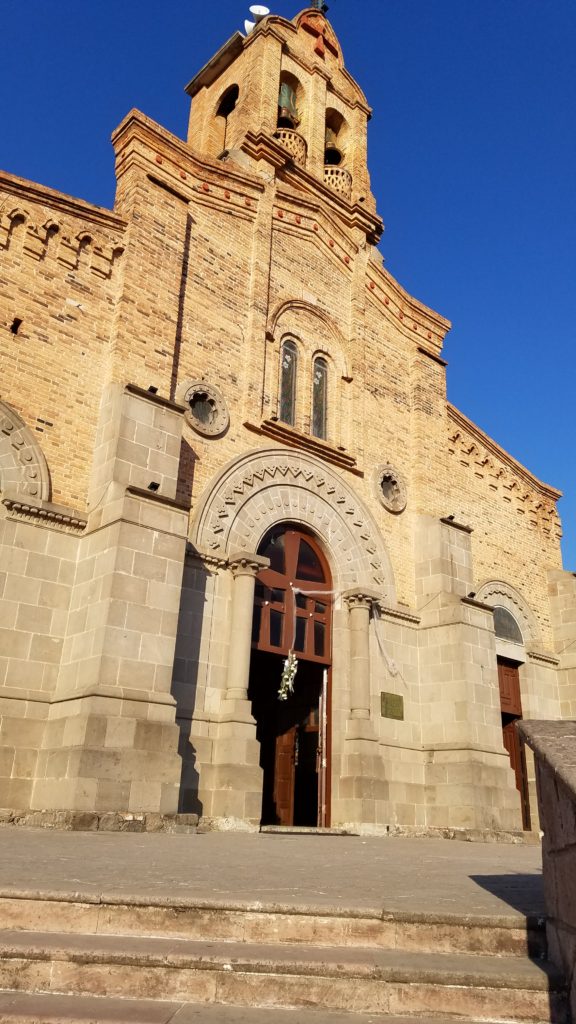
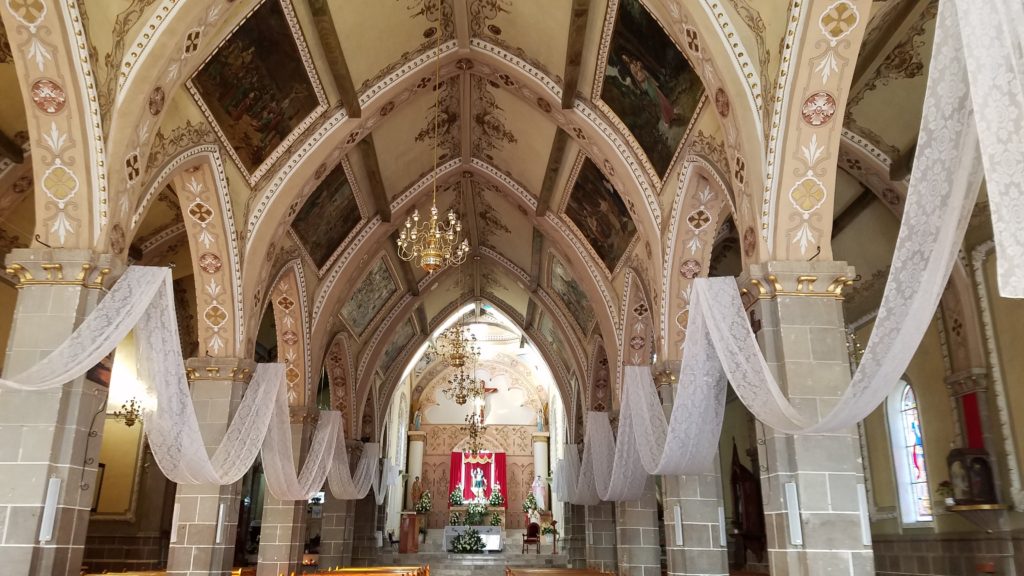
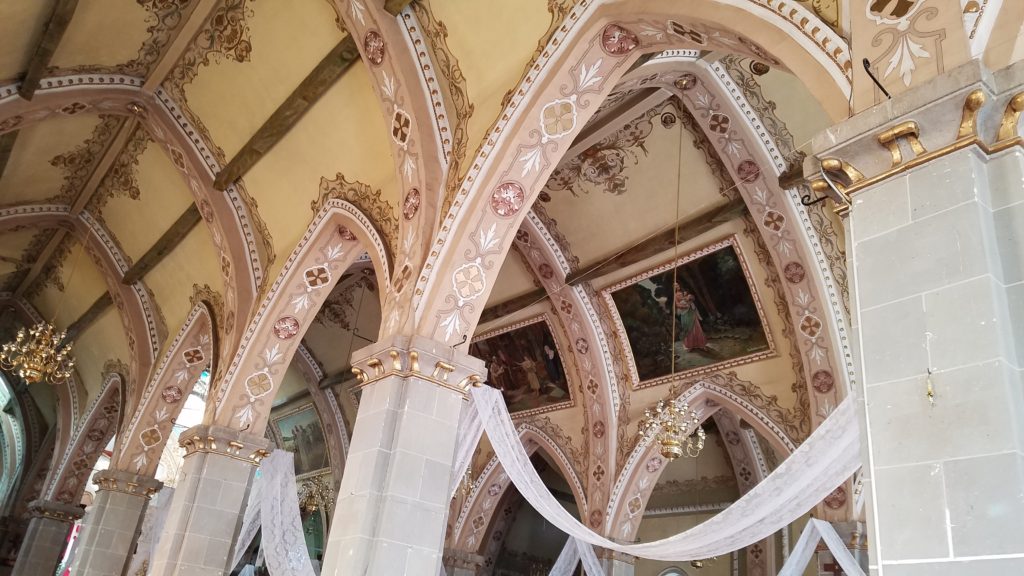
A red circular staircase in the corner led to the bell tower. As a kid, Alex used to climb up to the bell tower and ring the bell at all hours of the night. He would not have been our favorite person if we lived here when he was a kid.
Acambay is the furthest south we have driven since moving to Mexico. We want to thank Michelle and Alex for showing us a part of Mexico that means so much to their family.
Mexico is a big country of small villages, big cities and everything in between. I think more road trips are in our future!
Like this post? Save it to Pinterest!
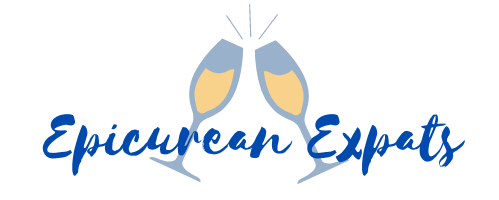
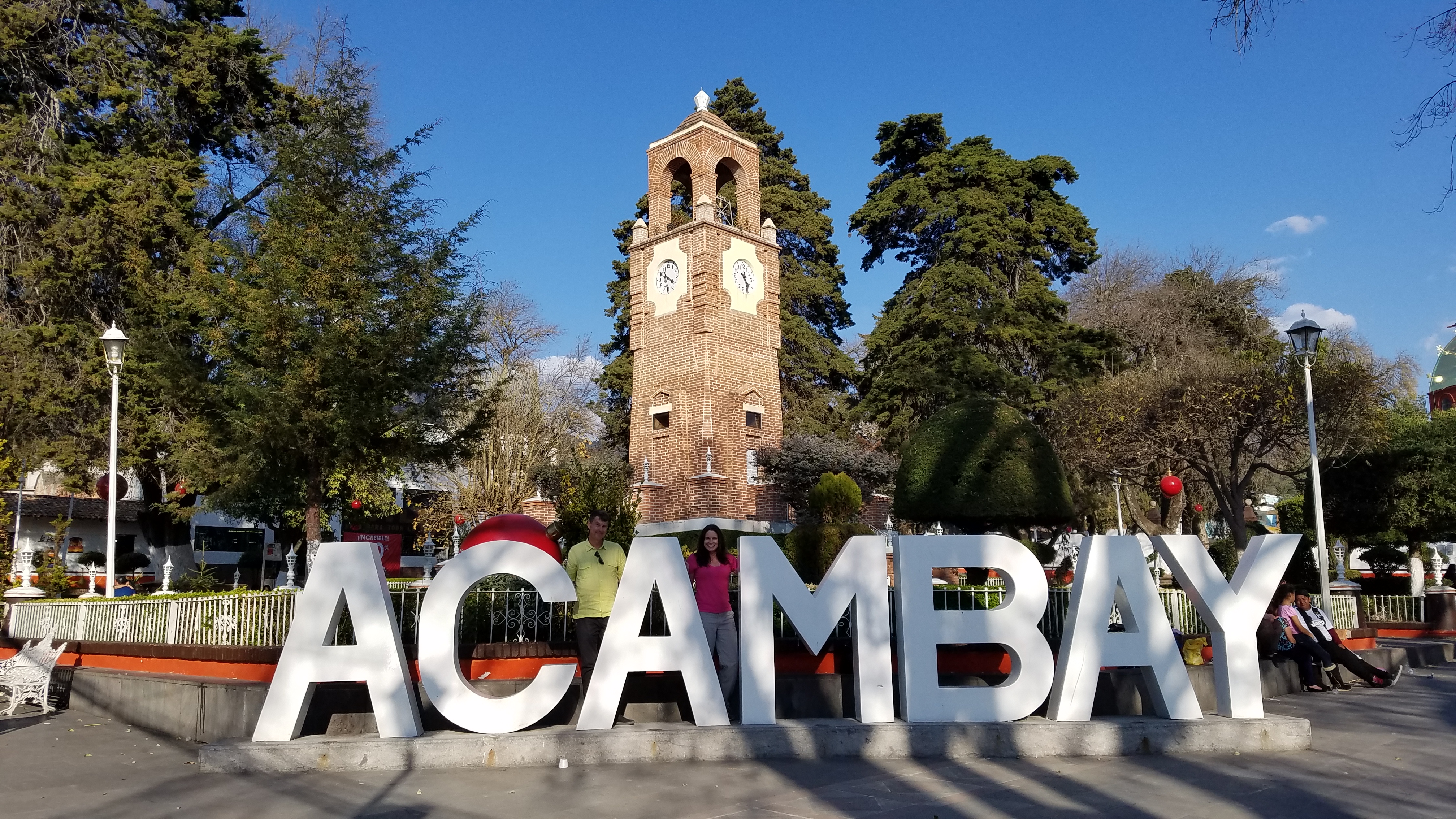
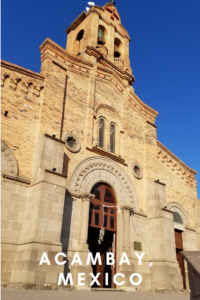
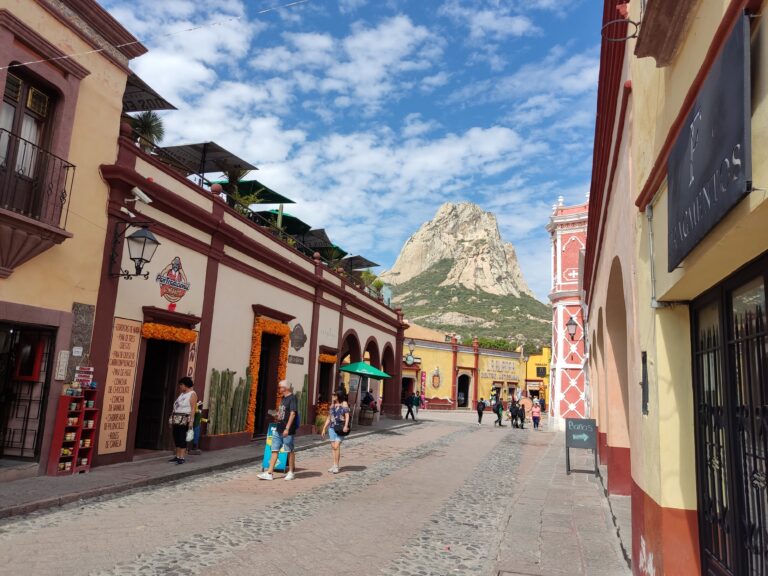
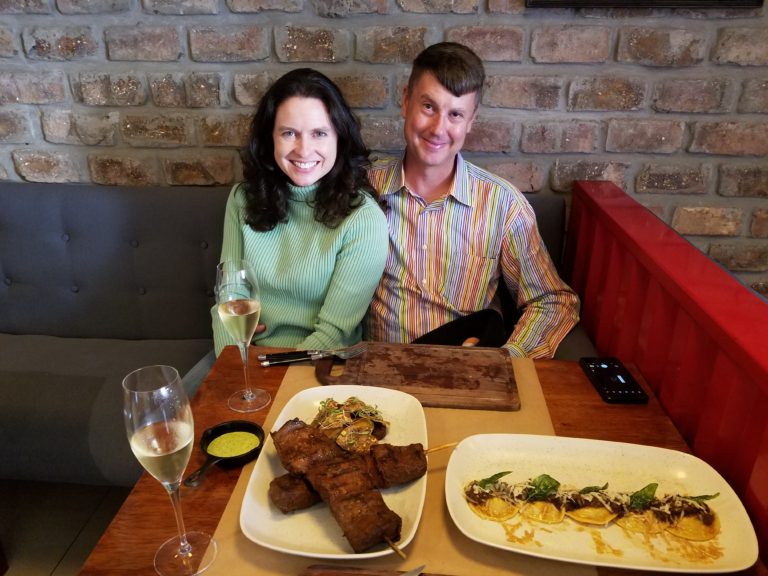
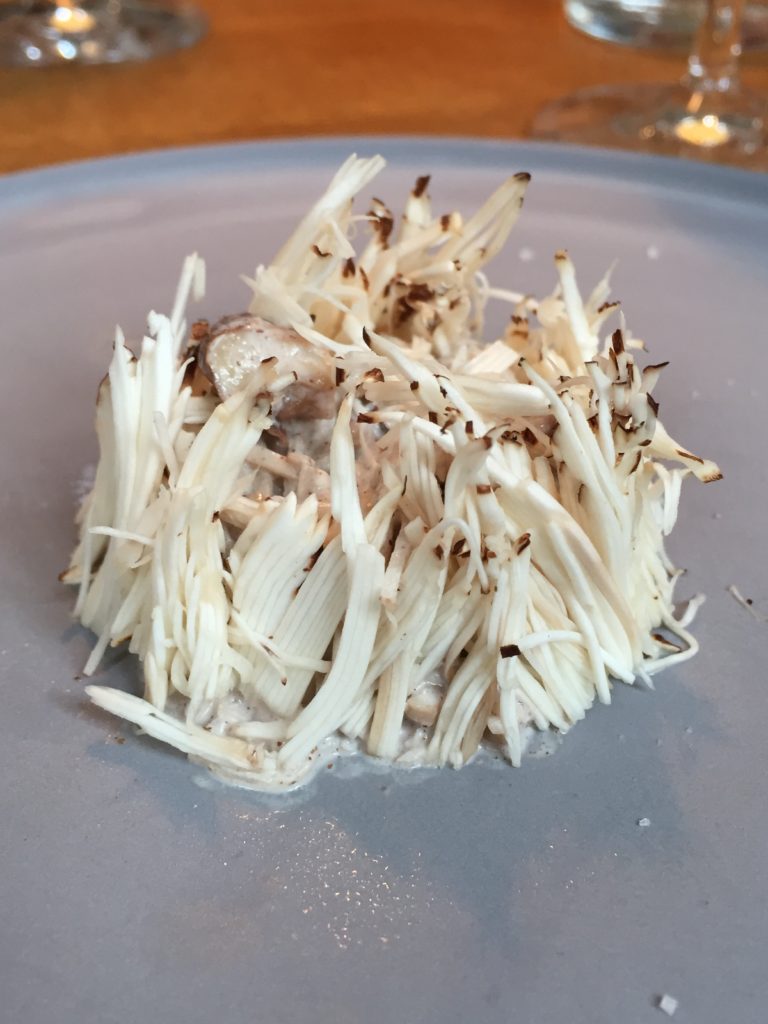
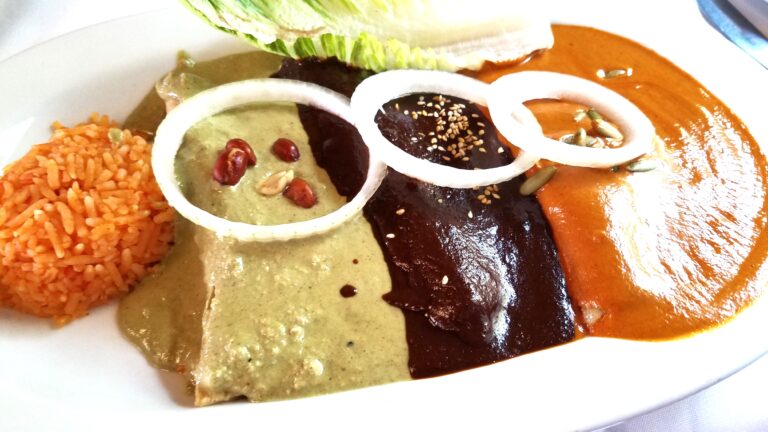
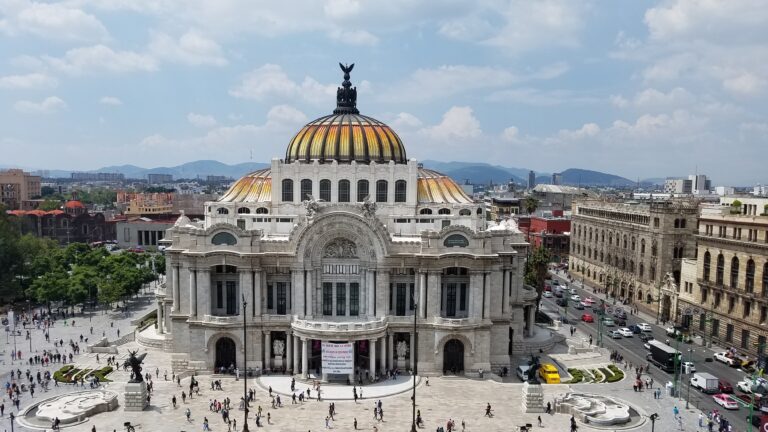
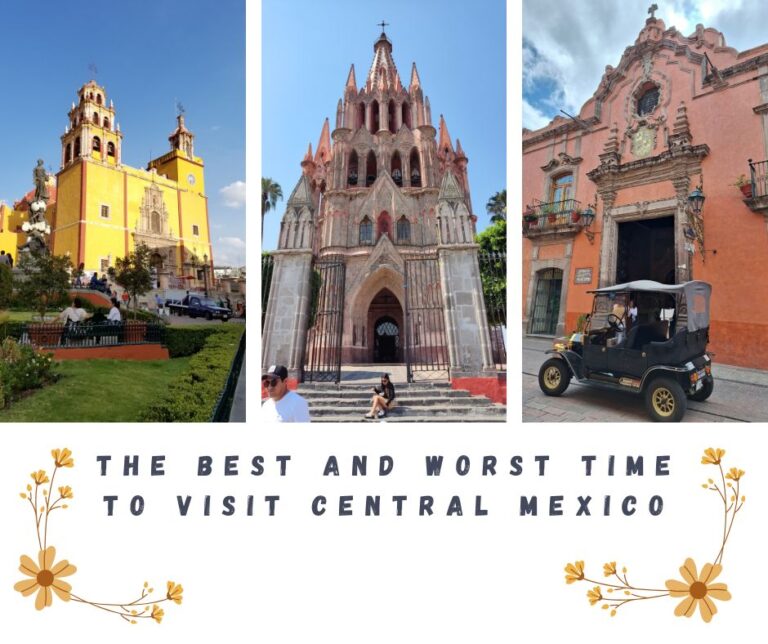
Hi!
This is very beautiful blog! And, i am very happy to reach here on your blog from Nepal.
I hope i could revisit your all pages of your blog….
Namaste!
From the Land of Mt. Everest- NEPAL
Thank you, Dilu! Hope everything is well for you in Nepal!
As always, Tiffany, a fascinating exploration into parts of Mexico we’ve never seen – love the story of the Rosca de Reyes cake.
Thank you, Bernie and Jess!
Our church celebrates Three Kings Day as well and someone always bakes the traditional cake with the figurines. It’s always funny to see who gets the figurines.
But to visit Acambay would be wonderful. The parroquia is stunning. I love how it was decorated for Christmas. The history here is really great.
For such a small town, the church is very elaborate.
We enjoyed reading about your road trip and we would love to visit the church. Your personal tour added so much more meaning to the town too.
Thank you! Having this town mean something to our friends and sharing it with us made it all the more special.